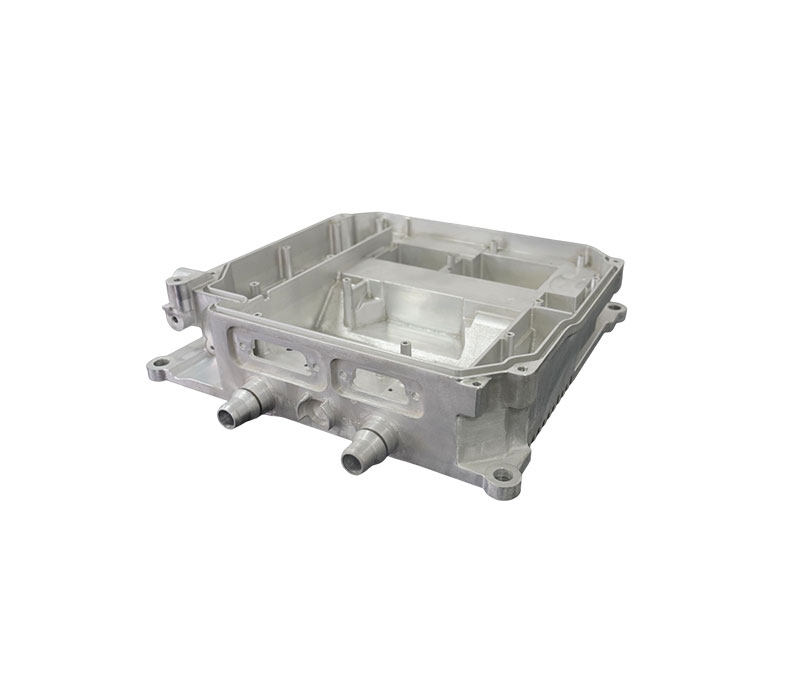Heat pipe heat sink is one of the commonly used heat sinks in modern electronic equipment. It transfers the heat generated by electronic components such as CPUs to the aluminum fins of the heat sink through a heat pipe, and dissipates the heat into the air through a fan. Although heat pipe radiators have the advantages of precise structure and effective heat dissipation, they cannot avoid various problems after long-term use. The common problems are the invasion of dust and dirt, or the accumulation of too much dust inside the heat pipe radiator, which leads to poor heat dissipation, affects the heat dissipation effect, and even directly affects the normal use of the computer. Therefore, the heat pipe radiator needs to be cleaned regularly to ensure its normal operation and extend its service life.
Firstly, cleaning the heat pipe radiator can effectively improve its heat dissipation effect, ensuring that the internal components of the computer do not overheat and cause abnormal operation of the computer system. As the usage time continues to increase, the heat generation of core components such as CPU and GPU will also increase. If the heat sink cannot be cleaned in a timely manner, dust, dirt, and grease on the aluminum fins will block the heat transfer pipeline, preventing the timely release of heat. At this time, the computer runs slowly, crashes frequently, and even appears Blue Screen of Death, which seriously affects the efficiency of work and learning. Therefore, when the operating temperature of the CPU and GPU reaches around 70 degrees, attention should be paid to checking and cleaning.

Secondly, the cleaning of heat pipe radiators can extend their service life. If the heat pipe radiator is not cleaned regularly, dust, dirt, and grease will accumulate on the aluminum fins, forming hard blocks, reducing its heat dissipation effect, and seriously affecting the lifespan of the radiator. If the radiator is not thoroughly cleaned, residual cleaning agents will remain between the components and the radiator, and the radiator will also push these substances to other places in the continuous vortex flow, which will cause more failures.
Secondly, cleaning the heat pipe radiator is a very simple task. Firstly, you need to remove the CPU heat sink. If you encounter loose sealing, you can search for a computer repair tutorial. Clean up the dust and dirt in the radiator by using tools such as a hair dryer, brush, or asbestos pot brush to wipe the dust and try not to let the dust invade the interior of the radiator. Try to use high compression toilet paper with a temperature of over 95 degrees Celsius, insert it between each aluminum fin in the radiator, wipe off the dust inside the radiator, and replace the heat dissipation medium such as silicone grease. However, before anyone cleans a heat pipe radiator, they must first understand the details of the radiator and other hardware they are using, and must ensure that they do not damage it during the cleaning process.
In summary, the heat pipe radiator is one of the core components of a computer, and its normal operation has a significant impact on the operation and stability of the computer. Regular cleaning of the heat pipe heat sink can effectively improve its heat dissipation effect, ensure that the internal components of the computer do not overheat excessively and cause abnormal operation of the computer system, and also extend the lifespan of the heat sink to protect the safety of computer hardware. Therefore, it is necessary to regularly clean the heat pipe radiator according to the actual situation of your computer to ensure its normal operation. At the same time, caution should be taken during the cleaning process to avoid accidents such as short circuits and accidentally deleting files.